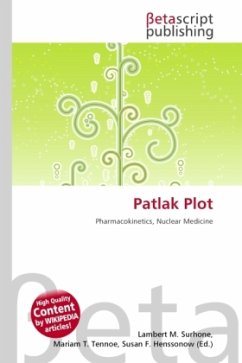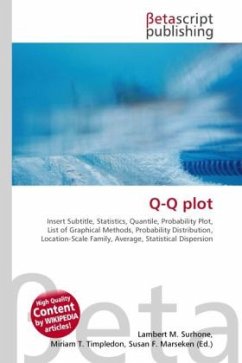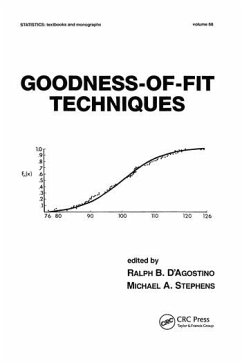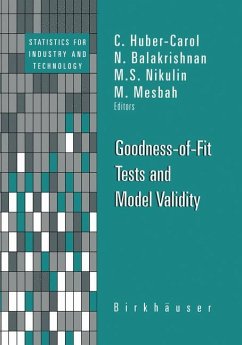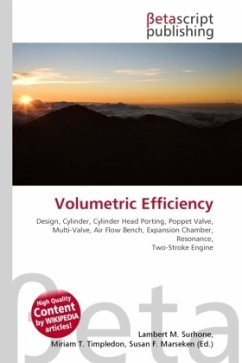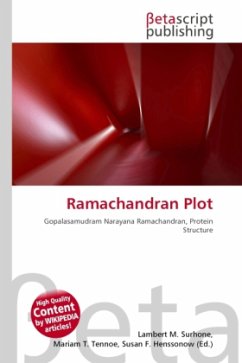
Ramachandran Plot
Versandkostenfrei!
Versandfertig in 6-10 Tagen
23,99 €
inkl. MwSt.

PAYBACK Punkte
12 °P sammeln!
High Quality Content by WIKIPEDIA articles! A Ramachandran plot (also known as a Ramachandran map or a Ramachandran diagram or a plot), developed by Gopalasamudram Narayana Ramachandran and Viswanathan Sasisekharan is a way to visualize dihedral angles against of amino acid residues in protein structure. It shows the possible conformations of and angles for a polypeptide. One would expect that larger side chains would result in more restrictions and consequently a smaller allowable region in the Ramachandran plot. In practice this does not appear to be the case; only the methylene group at the...
High Quality Content by WIKIPEDIA articles! A Ramachandran plot (also known as a Ramachandran map or a Ramachandran diagram or a plot), developed by Gopalasamudram Narayana Ramachandran and Viswanathan Sasisekharan is a way to visualize dihedral angles against of amino acid residues in protein structure. It shows the possible conformations of and angles for a polypeptide. One would expect that larger side chains would result in more restrictions and consequently a smaller allowable region in the Ramachandran plot. In practice this does not appear to be the case; only the methylene group at the position has an influence. Glycine has a hydrogen atom, with a smaller van der Waals radius, instead of a methyl group at the position. Hence it is least restricted and this is apparent in the Ramachandran plot for Glycine for which the allowable area is considerably larger. In contrast, the Ramachandran plot for proline shows only a very limited number of possible combinations of and .




